Like all great stories, that of the Villa Arthus Bertrand (formerly the Château de Pélavé) begins with a lot of love and an undying passion for the Île de Noirmoutier, between forest and sea.
The Domaine du Pélavé owes its château to the Labbé family. In 1880, Ludovic Labbé, stockbroker and commercial court judge, his wife Edith, née Roné, and their 4 children Marie-Thérèse, 14 years old, Frédéric, 12, Louis, 11, and Marie, 4, shared their lives between their beautiful apartment on the Boulevard Haussmann and their holiday home, Bois Joli, in Noirmoutier, situated on a 16-hectare agricultural estate.
This land had been the site of various buildings over the years, many of which had provided shelter for families and loved ones, but this first true house, Bois Joli, became a privileged home that saw some happy years and shared moments of joy. However, after the death of Frédéric at the age of just 15, Edith decided she wanted to demolish Bois Joli to build a new villa called Ker Joyeux, on the raised land of Pélavé. In 1900, the matriarch lost her mother, who had passed on to her a love for the island, as well as her husband and her eldest daughter. Once again, Edith opted to give new life to the estate by razing Ker Joyeux and embarking on a new family home. But this time it would be a château ...

